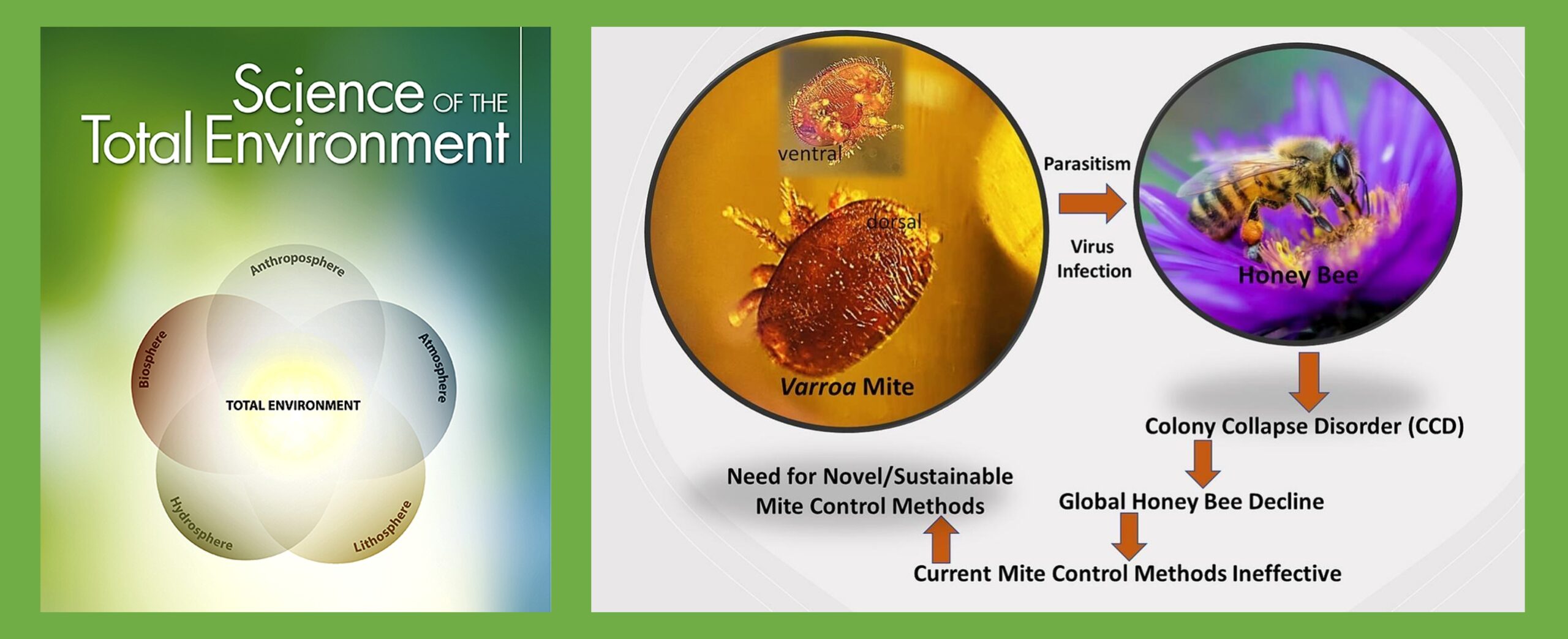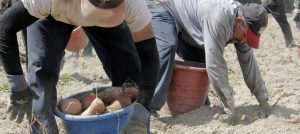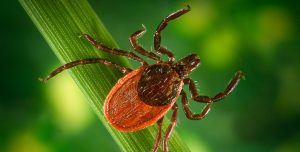Warner S*, Pokhrel LR, Akula SM, Ubah CS, Richards SL, Jensen H and Kearney GD (2024). A Scoping Review on the Effects of Varroa mite (Varroa destructor) on Global Honey Bee Decline. Science of the Total Environment 906: 167492. doi:10.1016/j.scitotenv.2023.167492
Abstract
Arguably the most ecologically and economically valuable pollinators worldwide, honey bees play a significant role in food production and enrich biodiversity through pollination. Varroa destructor is an invasive ectoparasitic mite that attacks and feeds on European honey bee, Apis mellifera. Because literature on the effectiveness and sustainability of various treatment modalities available for Varroa mite control in honey bee colonies are scattered, this scoping review was conducted to serve as a guiding document with a focus on: (1) identifying the detrimental impact Varroa mites have on the European honey bee; (2) determining current methods for Varroa mite control and their limitations; (3) examining current market landscape and key players in the pesticide market; and (4) identifying opportunities for more sustainable Varroa mite control methods. Following the Preferred Reporting Items for Systematic Reviews and Meta-Analysis (PRISMA) guidelines, 397 articles published between 1998 and 2022 were screened; of which 65 articles were retained using inclusion/exclusion criteria, which were systematically analyzed in-depth, information extracted, and included in this scoping review. The results suggest that Varroa mites are one of the predominant causes of global honey bee decline as they lack natural resistance to Varroa mites, thereby negatively affecting honey bee reproduction and immunity, killing broods, and transmitting pathogenic viruses to colonies. Further, our findings suggest that: apiarists have many options for Varroa control, but no method has proven to be effective, safe and nonpersistent in the environment; adoption of nano-pesticides and development of sustainable alternatives to traditional pesticides are key drivers for growing pesticide market; and nano-pesticides may have potential to serve as an effective, safe and non-ecopersistent pesticide for Varroa mite and associated virus control. In conclusion, this review highlights an unmet need for effective and sustainable control strategies and tools for Varroa mite and virus control.




